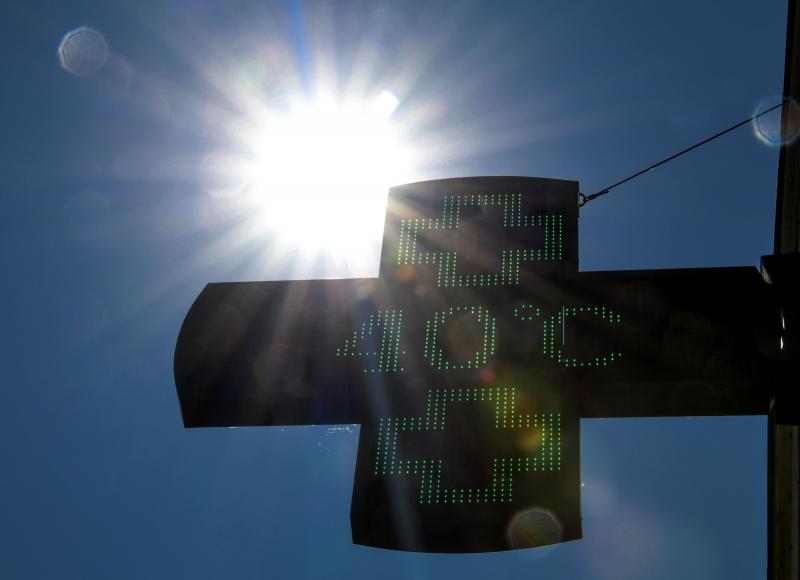
- CLOSE TO THE SUN 10GB UPDATE STORM IN A TEACUP DRIVER
- CLOSE TO THE SUN 10GB UPDATE STORM IN A TEACUP FREE
Competition meant that prices for Chinese tea began to decline, and production was raised to meet growing demands. This was because the British-run plantations of northeast India’s Assam region, which had taken root with the first tea garden in 1837, had expanded. Tea production in that region tells a story of transnational competition birthing capitalisms far outside of northwest Europe.Ĭhina’s supremacy in the tea trade began to waver in the late nineteenth century. As one scholar quoted by Liu says, “there probably would have been no British Empire” without the triangular trade in opium and tea between Britain, India, and China. Two Opium Wars soon followed, after which foreign penetration of China-both economic and cultural-deepened.

The British, unable to convince Chinese merchants to trade their tea for other British-imported products, resorted to smuggling in opium from India in order to accumulate the silver demanded. But as its popularity in Europe grew in the eighteenth century, and began to soar in the early nineteenth, the planters of coastal China were able to set increasingly high prices for tea, ushering in a golden age for the commodity. For as long as tea had remained a niche commodity, demand for it was steady. But the corollary to this statement, frequently pressed in the book, is equally inviting: it would be difficult to tell a history of modern capitalism without considering the place of China or India.īritish, Dutch, and other European traders had been tapping Chinese plantations in Anhui, Fujian, and beyond since the 1600s. Liu in Tea War: A History of Capitalism in China and India. “It would be difficult to tell a history of modern capitalism in either China or India without considering the place of tea,” writes Andrew B. But there is a second, lesser known story that reveals, in a quite different-yet intimately connected-part of the world, another history of class, capital, and inequality. Pritchard wrote of that period, tea became “the God to which everything else was sacrificed.” Trade, largely the domain of the East India Company, expanded to meet that demand, so much so that, as the historian E.H. As the product was democratized, consumption grew from one-third of a pound per person at the middle of the eighteenth century to one and a half pounds by the middle of the nineteenth.

Tea’s social role in Britain changed over time it moved more and more into the mainstream of society as the decades passed.
CLOSE TO THE SUN 10GB UPDATE STORM IN A TEACUP FREE
The middle and upper classes of Britain should be free to indulge themselves, the anonymous author of The Good and Bad Effects of Tea Consider’d wrote in 1745, but “persons of an inferior rank and mean abilities” ought to be denied tea’s stimulant effect. The highborn of British society in the eighteenth century, who first encountered tea as an exotic import from China, were forever alert to would-be symbols of their social superiority caricatures from that period depict the elite at high tea gatherings sipping, savoring, and conoisseuring the stuff while the rest crudely ingested it.
CLOSE TO THE SUN 10GB UPDATE STORM IN A TEACUP DRIVER
The casual observer of modern British history will know that long before tea became a mere driver of basic cognitive functioning in your average adult, it served as a class signifier. Tea War: A History of Capitalism in China and India by Andrew B Liu.


 0 kommentar(er)
0 kommentar(er)
